Development
Experts generally agree when comparing an APC and an IFV, the second one being generally more heavily armed, with fewer troops being carried. If these criteria are still valid today, so the SPZ 12.3 is the world's first IFV. It was however originally planned in the early 1950s to answer the precise needs of the Bundeswehr, not for a troop carrier (a "battle taxi" in US and Soviet doctrines), but an assault vehicle from which infantry could fight from cover, and able to follow the armored divisions with good self-defense capabilities.This was a product of ww2 experience with the Panzergrenadiere (armored infantry) as defined by the "white bureau", a predecessor of the Federal Ministry of Defence. By 1957, Hispano-Suiza proposed such vehicle, propelled with a Rolls-Royce engine. Without any trials or even a prototype, the project was accepted for a massive production. SPZ was the acronym of "Schützenpanzer", assault armored vehicle, HS.30 being the factory type. The Army ordnance designation was 12.3. The "lang" meaning "long" was added later to distinguish the vehicle from the "Kurz", short version. The "lang" mirrored WW2 Sd.Kfz.251 while the "Kurz" was the modern equivalent of the smaller Sd.Kfz.250
Design
The SPZ Lang HS.30 was characterized by a very low profile (only 1.85 m high) and cramped hull, but large enough to accommodate 5 soldiers and their equipment, plus the commander, gunner, and the driver. The infantry was seated and protected in the middle, with two big armored panels on top, folded on the sides when opened.There was a hatch and three periscopes at the left for the driver, and the main armament was placed to the right. The fifth infantryman was seated just behind the driver, manning an extra MG3 LMG on a front pintle mount.
The Hispano-Suiza L/86 HS 820 20 mm autocannon could fire AP, HE rounds and tracers. It was housed into a fully revolving partly remotely-operated turret with a good elevation, able to serve as a dual-purpose gun. 2000 rounds were in store inside the hull racks. It was coaxial with a 7.62 mm MG3 LMG. Depending on the version, an extra single MG3 under mask could be added, or a recoilless AT cannon.
The protection was impressive for this kind of vehicle, with an all-around 30 mm of 45° sloped, solid RHA. The hull was able to stop 20 mm rounds, but not treated NBC and the vehicle was not amphibious.
There were no pistol ports, and the squad had to open the roof hatches to fire. The front glacis accommodated lights and blacklights, and later two banks of four smoke projectors were added, with handrails for additional storage, also found on the rear plate. Tooling was fastened at the front-left and rear-right side. The Center was left bare to hold the folded roof panels.
The vehicle was propelled by a rear-placed, transversal Rolls-Royce B81 Mk 80F 8-cylinder petrol, giving 220 hp (164 kW) with a Power/weight of 15.3 hp/tonne, which gave a top speed of 58 kph. The operational range, however, was only 270 km, which was not seen as a disadvantage compared to the M47 Patton in service then. The Suspension comprised torsion Bars with extra shock dampers on the front, three Bogies per side, five double road wheels and three return rollers with rubber tyres. The drive sprocket was at the rear and idler at the front.
Production and variants
The Swiss firm Hispano-Suiza subcontracted for the first batch of 2,822 vehicles the British bus maker Marc-Leyland, 825 others were made at Hanomag in Hanover and Henschel in Kassel. The company Rheinmetall produced the autocannon under licence while Rolls-Royce was involved for the powerplant and transmission. No less than 10,000 vehicles were initially ordered, but after the controversy following the first operational usage, it was cut short to 2,176. The variants includes the regular IFV, HS.30 Gruppe, the FüFu command & control version, the LGS M40A1 which received the 106 mm M40A1 recoilless rifle, the Panzermörser or self-propelled 90 or later 120 mm mortar, the Feuerleitpanzer forward artillery observation vehicle, and the derivative Raketenjagdpanzer 1, tank-hunter armed with wire-guided French SS-11 missiles.Issues and controversy
Due to a rushed adoption from an inexperienced builder, the HS.30 showed defects in ventilation, transmission, cooling, steering gear, brakes and rubber suspension, all of which would have to be removed and replaced later to high cost. Nevertheless, the unreliable HS.30 formed the backbone of the armored infantry units. It was also found that the Rolls-Royce engine lacked couple on rough terrain and showed poor off-road speed and high consumption rate, which further reduced the already limited range. The SPH.30 raised perhaps also the worst scandal which ever occurred for a German vehicle in the mid-1960s. Eventually, the Bundestag paid 517 million DM, or about 238,000 DM per vehicle. Raised by newspapers, the parliamentary committee of inquiry conclusions in 1967 showed that key personnel associated with the procurement accepted 2.3 million Deutschmarks bribes, while the Christian Democratic Union political party then in power received 50 billion DM in campaign donations. Neither men and officers were pleased with the model, which was gradually improved in the late 1960s after further costly modifications.Operational history
The armored infantry brigades of the "Division 59" only could equip a single battalion per brigade initially with the HS.30 due to numerous technical flaws. The training of Panzer Grenadiers had to be done on mock-IFVs, the so-called "Neckermann" tanks, based on Unimog S-404 chassis. The production ended in 1971 but still, the Panzergrenadier units were equipped with trucks, SPZ "Kurz" for reconnaissance, and M113 APCs. The HS.30 served until 1980, replaced gradually since 1974 by the far better Marder IFV. Peru received 20 HS.30s in the late 1970s. Most of the German vehicles ended their days as armored targets in gunnery ranges.Sources/Links about the SPZ Lang HS.30
The SPZ Lang HS.30 on Wikipedia The HS.30 on Panzerbär
SPZ 12.3 specifications |
|
| Dimensions | 5,56 x 2,54 x 1,85 m (18.2 x 8.3 x 6 fts) |
| Total weight, battle ready | 14.6 tons (32,187 ibs) |
| Crew | 3+5 (Driver, commander, gunner, 5 infantrymen) |
| Propulsion | Rolls-Royce B81 Mk 80F 8-cyl gas. 220 hp (164 KW) |
| Suspension | Independent torsion bars |
| Speed (road) | 58 kph (36 mph) |
| Range | 270 km (168 mi) |
| Armament | Main : Rheinmetall (HS) 20 mm autocannon Sec. coaxial 7.62mm MG3 machine gun. See notes |
| Armor | 30 mm front and sides (1.2 in) |
| Total production | 2176 in 1958-71. |
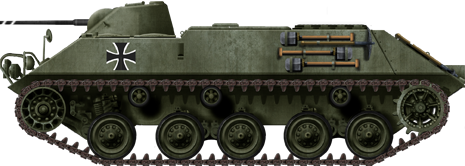
Early SPZ 12.3 Lang Gruppe, closed roof panels, 1960.
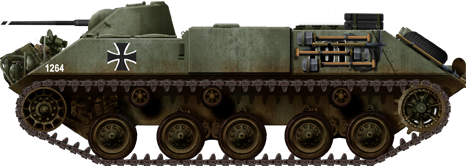
Late SPZ HS.30 Gruppe IFV in the 1970s. Smoke pots, additional racks and open roof panels.
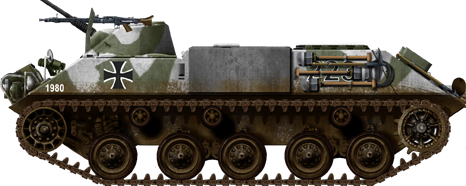
SPZ HS.30 in provisional winter livery, 1960s. Notice the front MG3 shield manned by the front soldier, behind the driver's hatch.
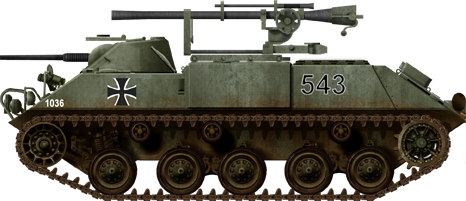
HS.30 antitank with the recoiless M40A1 LGS 106 mm cannon.
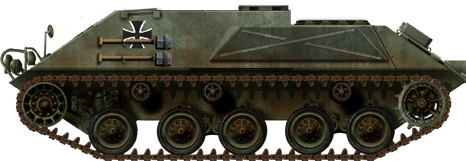
HS-30 Feuerleiterpanzer forward artillery observation vehicle.
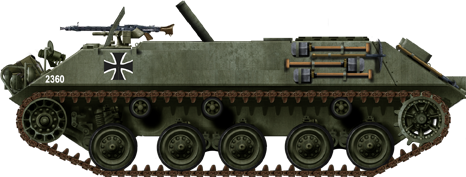
Mörserpanzer 12 cm Brandt (F), self propelled mortar carrier.
Gallery
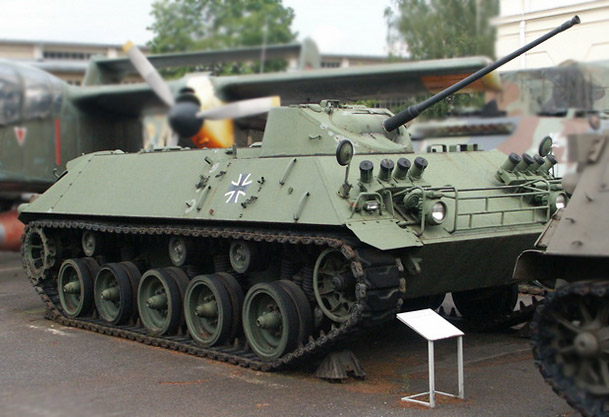 Schützenpanzer (lang) (Zugtrupp) Hispano-Suiza HS 30 at the Army Museum.
Schützenpanzer (lang) (Zugtrupp) Hispano-Suiza HS 30 at the Army Museum.
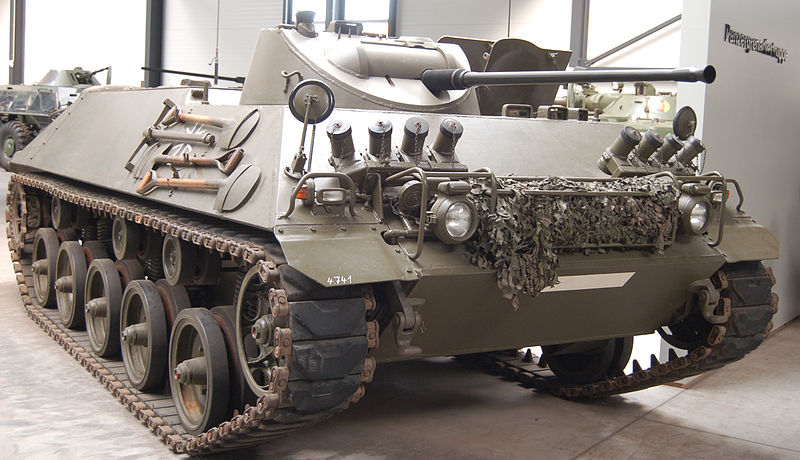
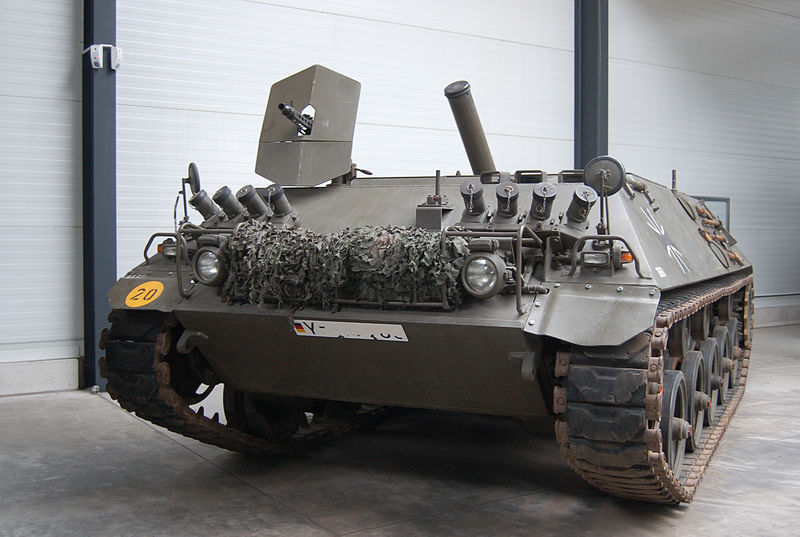
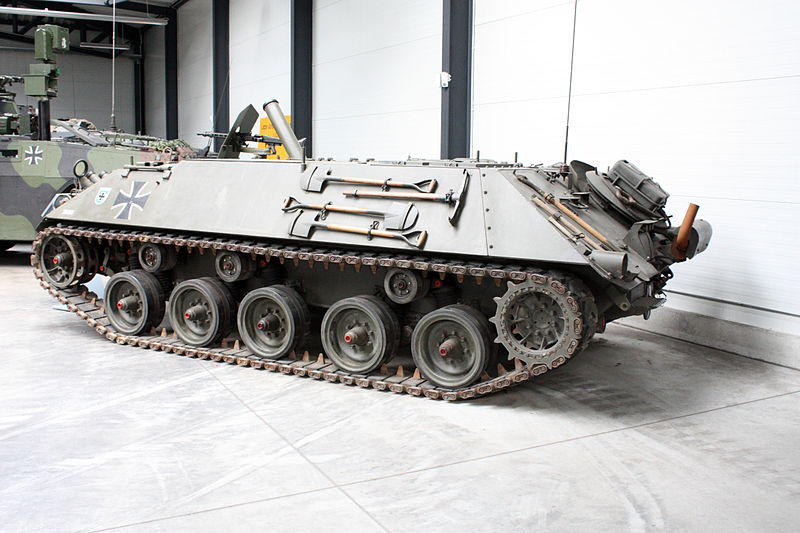
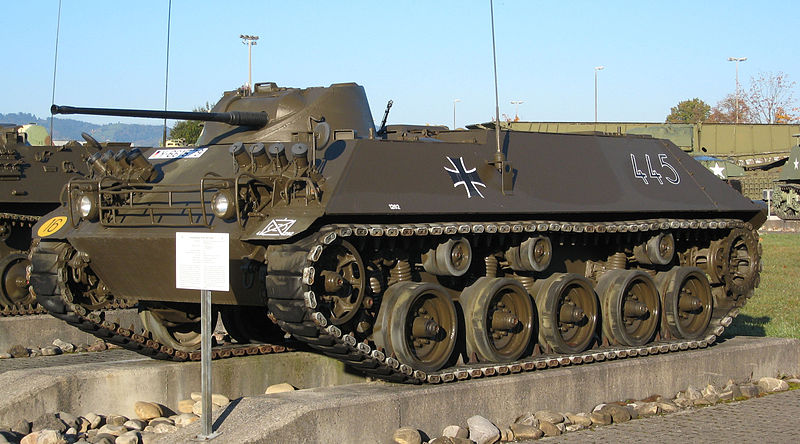
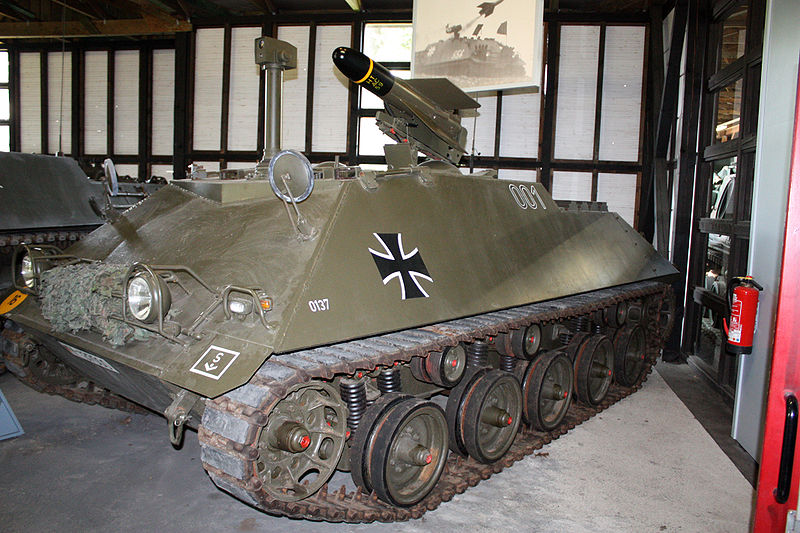
For all : credits wikipedia commons - Public Domain CC Licence.

Cold War Tanks


































Cold war tanks posters

Cold War Main Battle Tanks

Cold War Soviet Army
Museums, Movies, Books & Games
The Tanks and Armor in pop culture
Tanks and armored vehicles in general are only really grasped when seen first person: The mass, the scale, it's all there. Explore also the way tanks were covered in the movie industry, in books and in video games.Movies:
Best tanks movie on warhistoryonline.com
On imdb.com
On bestsimilar.com/
miltours.com
liveabout.com/
watchmojo.com
Video Games:
pcgamesn.com
historyhit.com
levvvel.com
vg247.com/best-tank-games
mmobomb.com/
alienwarearena.com

